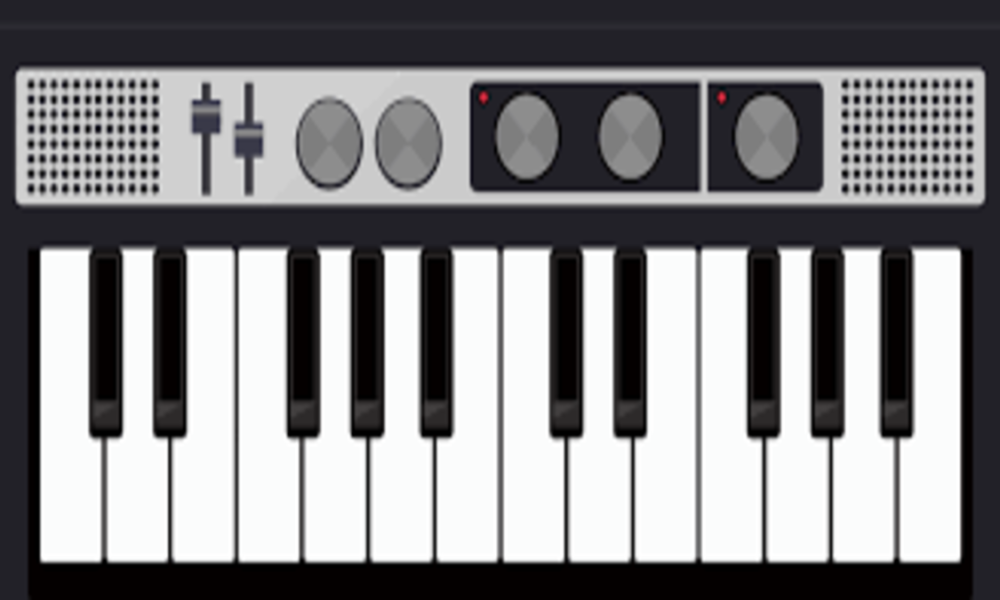In the world of music, certain individuals have left an indelible mark on the industry, shaping the way we perceive and create music. Among these influential figures, there exists a unique category known as “synth icons.” These individuals have redefined music by harnessing the power of synthesizers, electronic instruments that have played a pivotal role in the evolution of sound. In this article, we will delve into the lives and contributions of some of the most notable synth icons who have forever changed the sonic landscape.
Synth Icons
- Bob Moog: The Synth icons Pioneer
No discussion of synth icons can begin without mentioning the name Bob Moog. Robert Moog, an American engineer and pioneer, is credited with creating the Moog synthesizer, one of the first commercially available synthesizers in the 1960s. His invention revolutionized the music industry, allowing musicians to sculpt sounds in ways never before possible. The Moog synthesizer became synonymous with the burgeoning electronic music scene and found its way into the hands of artists like Wendy Carlos, Kraftwerk, and Keith Emerson.
- Wendy Carlos: Shaping the Future of Synth Music
Wendy Carlos, an American composer and musician, is widely regarded as one of the earliest and most influential users of the Moog synthesizer. Her groundbreaking album “Switched-On Bach” (1968) demonstrated the capabilities of the synthesizer by reimagining classical music using electronic sounds. This album not only catapulted Carlos to fame but also introduced the world to the potential of synthesizers in classical and experimental music.
- Kraftwerk: The Pioneers of Electronic Pop
Hailing from Germany, Kraftwerk is often referred to as the godfathers of electronic music. Formed in the early 1970s, this innovative group embraced the synthesizer’s possibilities, crafting a unique blend of electronic pop and experimental music. Hits like “Autobahn” and “Trans-Europe Express” showcased their mastery of electronic soundscapes, solidifying their place as synth icons and influencing countless artists across various genres.
- Brian Eno: Ambient Soundscapes
Brian Eno, the English musician and producer, is renowned for his contributions to ambient music and his innovative use of synthesizers. He played a pivotal role in shaping the ambient music genre, with albums like “Music for Airports” (1978) creating tranquil and immersive sonic environments. Eno’s use of synthesizers pushed the boundaries of what was possible in music, making him a true synth icon.
- Jean-Michel Jarre: A Synth Virtuoso
French musician Jean-Michel Jarre is celebrated for his mastery of synthesizers and his ability to create epic electronic compositions. His 1976 album “Oxygen” is a landmark in electronic music, blending classical and electronic elements to produce a breathtaking sonic journey. Jarre’s use of synthesizers in live performances, often in front of record-breaking crowds, solidifies his status as a synth icon who pushed the boundaries of live electronic music.
As we move further into the 21st century, the legacy of synth icons continues to evolve. Advancements in technology have democratized the world of electronic music production, allowing a new generation of artists to explore the creative potential of synthesizers and electronic instruments.
- Daft Punk: Electronic Revolutionaries
Daft Punk, the French electronic duo comprised of Thomas Bangalter and Guy-Manuel de Homem-Christo, brought electronic music to the forefront of popular culture. Their iconic helmets and futuristic sound defined an era. Albums like “Discovery” (2001) and the Grammy-winning “Random Access Memories” (2013) showcased their ability to blend retro and futuristic elements, all the while demonstrating the power of synthesis to captivate global audiences.
- Aphex Twin: The Experimental Maverick
Richard D. James, better known as Aphex Twin, is an English electronic musician whose experimental and avant-garde approach to music production has earned him a legendary status among synth enthusiasts. His use of synthesizers, along with innovative sound design, has led to the creation of complex and otherworldly compositions. Albums like “Selected Ambient Works 85-92” (1992) and “Syro” (2014) continue to inspire electronic musicians worldwide.
- Grimes: Pushing Boundaries
Canadian musician and producer Grimes, whose real name is Claire Boucher, has been instrumental in pushing the boundaries of pop and electronic music. Her eclectic and genre-blending sound relies heavily on synthesizers, which she uses to craft ethereal and experimental sonic landscapes. Her 2015 album “Art Angels” is a testament to her ability to seamlessly blend the analog and digital worlds to create a unique sonic identity.
- Skrillex: The Dubstep Revolution
Sonny John Moore, professionally known as Skrillex, emerged as a key figure in the electronic dance music (EDM) movement. His use of aggressive basslines and intricate synth work helped popularize dubstep and electronic dance music in mainstream culture. Tracks like “Bangarang” and “Scary Monsters and Nice Sprites” introduced a new generation to the power of synthesizers in electronic music.
Conclusion
Synth icons have shaped the course of music history by harnessing the potential of synthesizers to create new and groundbreaking sounds. Bob Moog, Wendy Carlos, Kraftwerk, Brian Eno, and Jean-Michel Jarre are just a few of the prominent figures who have left an indelible mark on the world of music. Their innovative use of synthesizers not only defined their own careers but also inspired countless musicians across generations, making them true pioneers in the realm of electronic sound. As technology continues to advance, it is certain that new synth icons will emerge, carrying the torch of innovation into the future of music.
